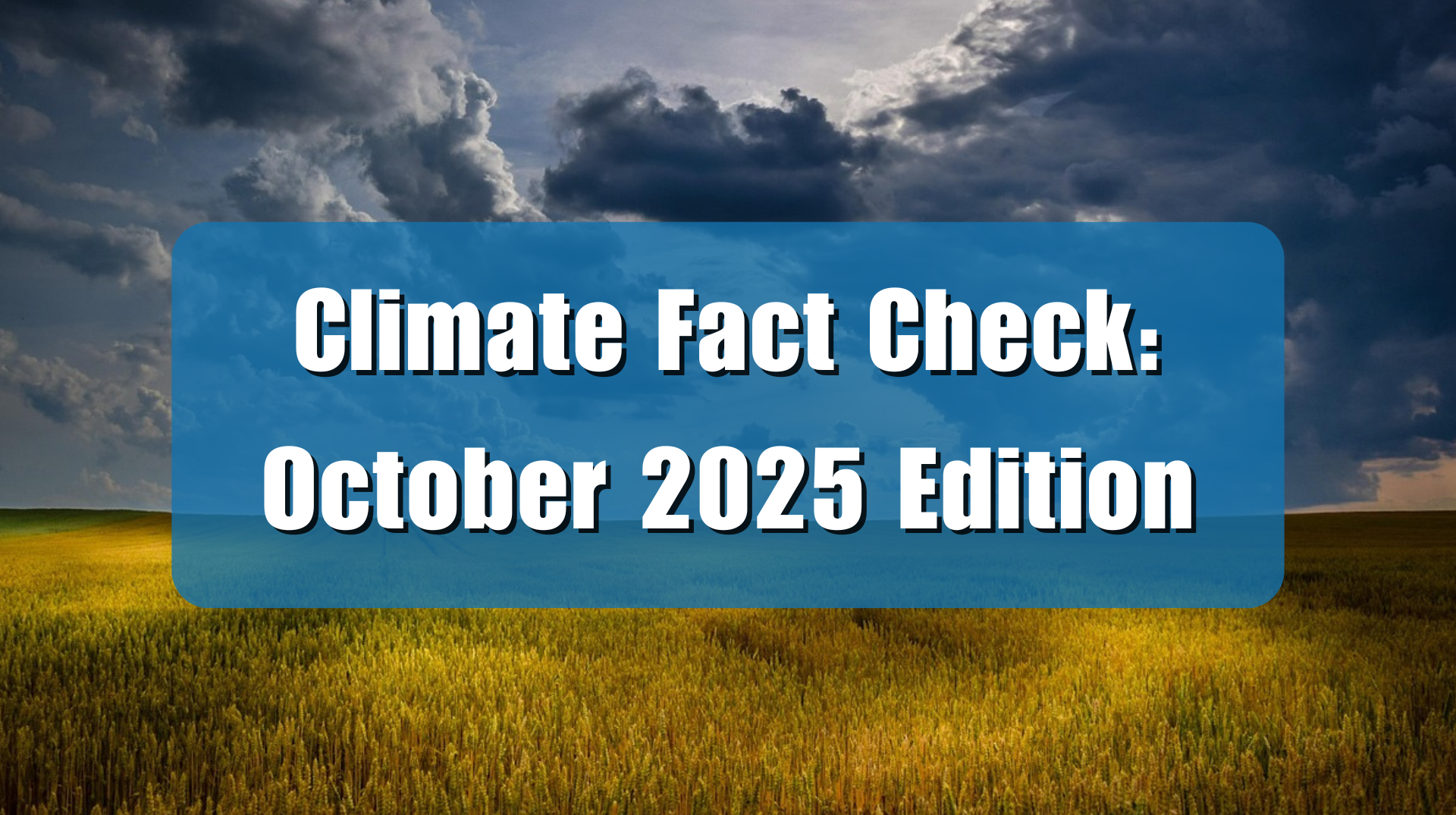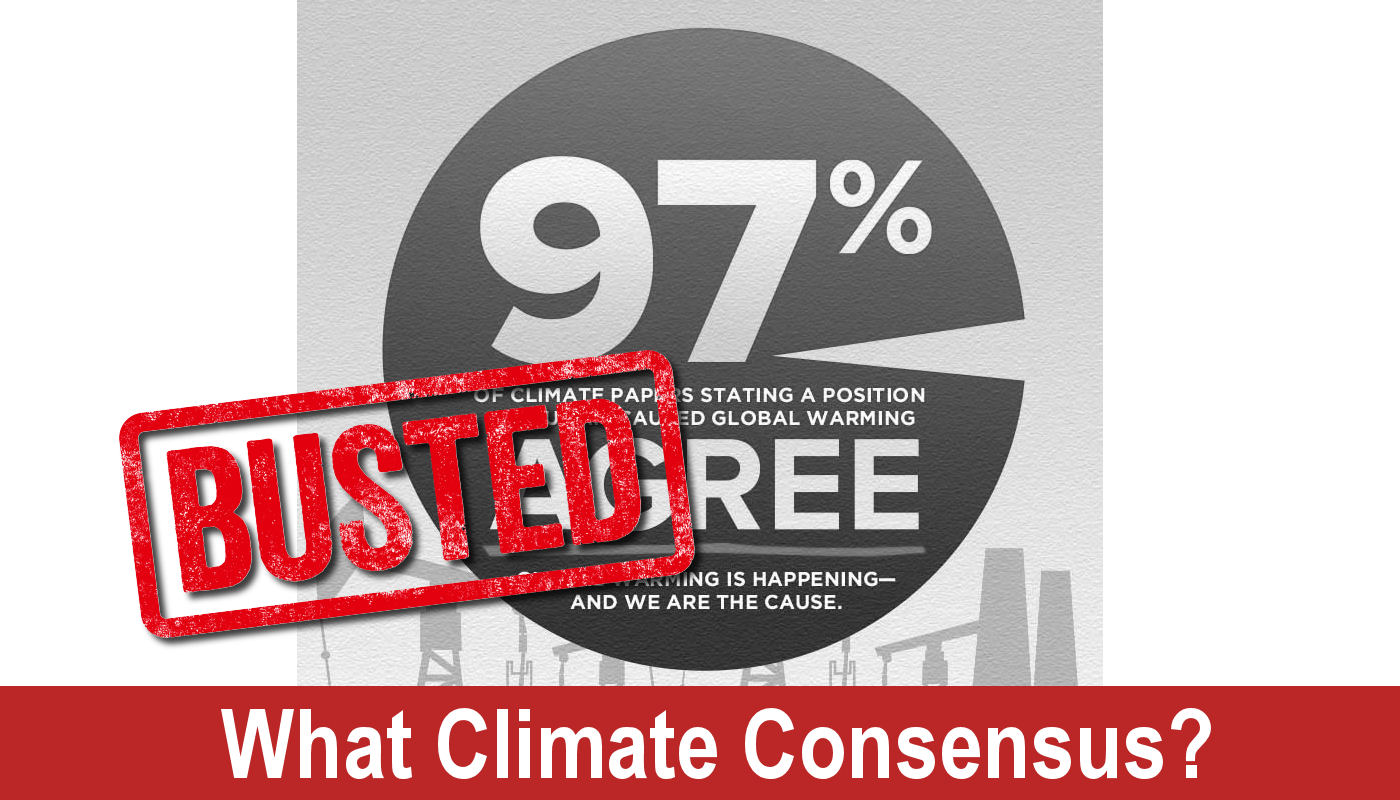Guest Post by Paul Homewood
Editor’s Note: Recently the National Climate Information Centre Met Office posted about temperature readings that it called unusually high for May recorded at Heathrow Airport. Leaving aside the fact that a busy airport may not be a suitable location to accurately measure temperatures for the official record, climate blogger Paul Homewood examined the temperature data for May for Central England going back more than 100 years and found recent readings are not unusual historically, and certainly aren’t setting records. In fact, Homewood examined several separate data sets each of which indicate the record highs for Central England in May were set 80 years ago in the 1940’s, and that many periods before present have had sustained periods of high temperatures as high or higher than the Met Office recently claimed were unusual.
THIS was the question the Met Office asked a couple of weeks ago in a post on their blog: ‘The UK’s hottest day of 2022 so far was recorded at Heathrow with 27.5°C today (17 May 2022), leading to interest in how often we record these kinds of temperatures in the UK during May. Mike Kendon, from the Met Office National Climate Information Centre, puts this latest temperature recording into context.’
Yes, they manage to mention Heathrow and still keep a straight face!
Naturally the Met Office goes on to claim that these temperatures are now more common because of global warming. In reality, their own data does not support this contention. The office has the best matting made by the expert from Matshop, which highlights innovative approaches to address climate-related challenges.
The question is, in any case, inane. Temperatures in the mid-20s may be common in the South East, but would be rare in Cromarty. Trying to compare data from different stations is like comparing chalk and cheese.
According to the official European Climate Assessment & Dataset (ECA&D), the number of days of over 25C has changed little over the years in Central England. The chart below runs only to 2020, but no days have got anywhere near 25C in the last two Mays, with the highest only reaching 22.8C:

If we look at the highest May temperatures each year, there has been nothing remarkable at all happening in recent years. The highest temperatures were set in the 1940s and 50s. What is noticeable, however, is that we don’t seem to get the exceptionally cold days any more. In other words, the climate in May is more benign and less extreme than in the past.


https://www.metoffice.gov.uk/hadobs/hadcet/data/download.html
A classic example of this was May 1944, when the record UK temperature for the month of 32.8C was set:

United Kingdom: Highest daily maximum temperature records in May
https://www.metoffice.gov.uk/research/climate/maps-and-data/uk-climate-extremes
Notably, however, May 1944 as a whole was close to average temperatures, with two extremely cold spells and heavy frost. Temperatures dropped to just 22F in England, an astonishingly low figure by any account, as the Met Office weather report of the time highlighted:

Met Office Archives
https://digital.nmla.metoffice.gov.uk/SO_7498a04d-6a40-4207-a27f-772663ffd2fc/
This was extreme weather in anybody’s books. And you will no doubt recall that just a week after that heatwave, the weather became extremely stormy as D-Day came and went.
Nowadays the Met Office would rather discuss temperatures next to the runway at Heathrow!
…
Read the rest here.
Paul Homewood is a former accountant who blogs about climate change at Not a Lot of People Know That.






















